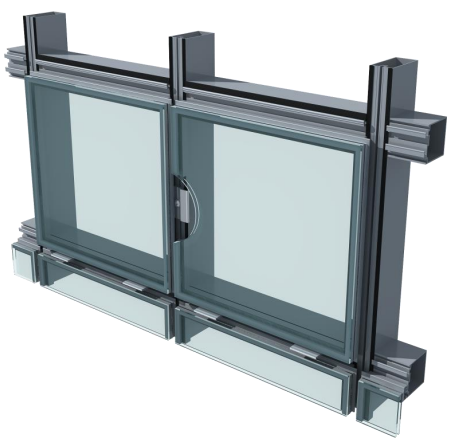

Understanding Float Glass and the Process of Tempering
Float glass is one of the most commonly used glass types in the construction and automotive industries. It is produced through a unique process that involves floating molten glass on top of molten tin, which creates an even and smooth surface. This method allows for high clarity and uniform thickness, making float glass an ideal choice for windows, facades, and various architectural applications. However, the inherent fragility of glass necessitates further treatment to enhance its strength and safety, leading us to the process of tempering.
Understanding Float Glass and the Process of Tempering
The tempering process not only enhances the strength of the glass but also improves its resistance to temperature fluctuations and impacts. This characteristic makes tempered glass particularly suitable for use in situations where safety is paramount. For example, in the event of breakage, tempered glass shatters into small, blunt pieces rather than sharp shards, which minimizes the risk of injury. This safety feature has led to its widespread use in automobiles, shower doors, glass doors and tables, as well as in buildings, particularly for large glass facades and partitions.

Another significant advantage of tempered glass is its ability to withstand thermal stresses. Float glass can fail dramatically when exposed to sudden temperature changes, such as direct sunlight combined with cooler temperatures on another side. However, hardened glass can endure temperature fluctuations without developing stress fractures, making it an essential choice for applications involving intense heat or temperature changes, including glass used in skylights, ovens, and facades of buildings subjected to direct sunlight.
Furthermore, the aesthetic appeal of tempered float glass cannot be overlooked. With the clarity offered by the float glass manufacturing process, coupled with the strength and safety attributes gained from tempering, this type of glass is often favored by architects and designers. It allows for beautiful, expansive designs that maximally utilize natural light while ensuring occupants' safety.
In applications where transparency and lightness are significant, tempered float glass is often employed. Its enhanced strength allows for larger panels, which can create seamless views and enhance the impression of space within buildings. Moreover, with advancements in technology, tempered glass can now be produced with various finishes and coatings, providing additional functionalities such as UV filtering, low-emissivity properties for energy efficiency, and even self-cleaning surfaces.
In conclusion, float glass tempered is an essential concept in modern glass manufacturing and applications. The integration of the float glass process and the tempering technique not only elevates the glass’s mechanical properties but also enhances safety and aesthetic qualities. As technology progresses, the versatility and applications of tempered float glass will continue to expand, making it a staple material in both residential and commercial settings. Understanding its benefits and applications is critical for anyone involved in construction, design, and manufacturing, as it embodies a perfect blend of functionality and beauty, meeting the diverse needs of contemporary architecture and design.